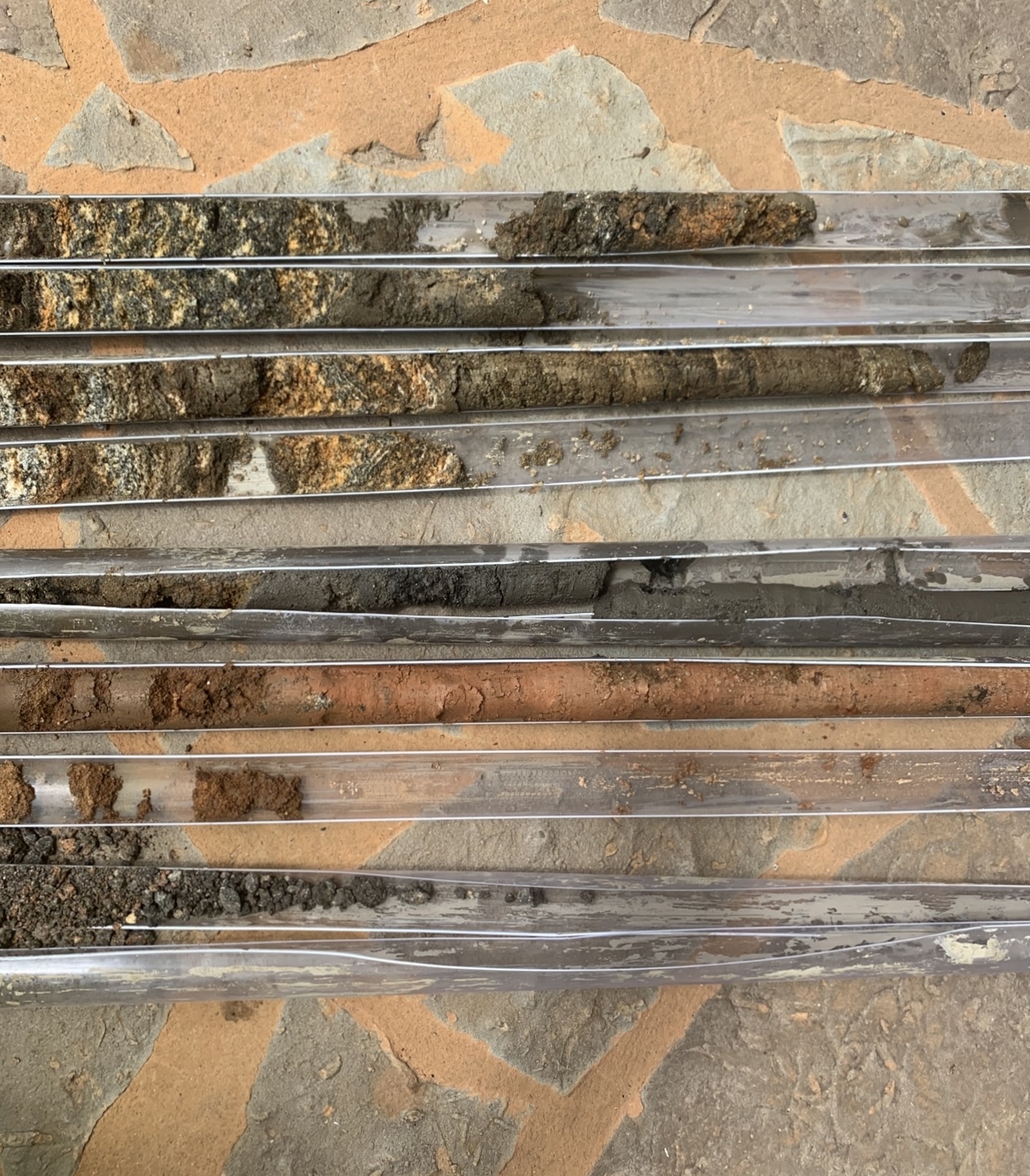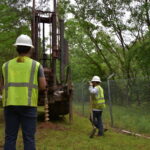
- June 5, 2025
- 1 minute
THE WORK YOU DON’T SEE: HOW ENVIRONMENTAL SITE ASSESSMENTS MAKE COMMUNITIES SAFER
Written by Rachel Downing, Environmental Engineer at MC Squared, this piece explores how Environmental Site Assessments (ESAs) play a vital role in safeguarding public health, identifying contamination, and guiding responsible development.
Imagine breaking ground on a new school, only to discover weeks into construction that the soil is riddled with toxic chemicals from an old industrial facility that was never properly decommissioned. Children are soon evacuated, lawsuits fly, and the site sits abandoned—another ghost project on poisoned land.
This isn’t a dystopian fantasy. It’s a reality we narrowly avoid every day, thanks to Environmental Site Assessments (ESAs). These assessments quietly serve as the first line of defense against environmental disasters, public health crises, and financial ruin. But what if they didn’t exist? What would our communities look like in a world where due diligence was never done?
The Role of Environmental Site Assessments (ESA's)
• Phase I ESA: Research-based; identifies potential or existing environmental contamination liabilities through historical records, aerials, interviews, and visual inspections.
• Phase II ESA: Involves sampling and lab analysis to confirm the presence of hazardous substances.
Consequences of a World Without ESAs:
Public Health Crises
• Communities unknowingly exposed to carcinogens and hazardous waste.
• Increase in chronic illnesses (cancer clusters, neurological disorders).
Environmental Degradation
• Undetected leaking underground storage tanks polluting aquifers.
• Irreversible soil and habitat damage in urban and rural areas.
• Lack of accountability for illegal dumping and abandoned sites.
Infrastructure Failures
• Foundations built on unstable, contaminated soil collapse or corrode.
• Utility systems compromised by unknown environmental conditions.
• Roads and buildings need costly retrofitting or early replacement.
Loss of Community Trust
• Residents lose faith in local government and developers.
• Legal battles become commonplace, draining public resources.
• Environmental justice issues worsen in underserved communities.
Who Benefits In THis World?
• Polluters avoid detection and accountability.
• Developers cut costs by ignoring environmental due diligence.
• Short-term profits soar, but long-term damage spreads
Historical Lessons: What Happens without ESA's?
From Love Canal in the 1970s, where homes were unknowingly built atop 21,000 tons of toxic chemical waste, to Times Beach, Missouri, where dioxin-contaminated oil used for dust control forced an entire town into permanent evacuation, the absence of early environmental diligence has repeatedly led to tragedy. At Camp Lejeune, North Carolina, decades of undetected groundwater contamination from military operations exposed thousands of Marines and their families to cancer-causing toxins. More recently, Flint, Michigan, saw lead leach into its drinking water after a cost-cutting decision ignored critical environmental risk assessment, triggering a public health emergency that disproportionately harmed children. Each of these events underscores the same lesson: when Environmental Site Assessments are skipped or undervalued, communities pay the price with their health, their homes, and sometimes their very existence.
Conclusion: The Invisible Shield
• Environmental Site Assessments are not red tape—they are a safety net.
• Without them, we mortgage our future for short-term convenience.
• ESAs help ensure development is responsible, safe, and sustainable.



